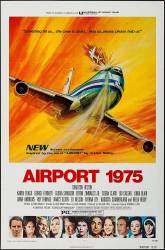
Factual error: The scene in which the Beechcraft Baron hits the Boeing 747 in flight plumbs new depths in cinematic absurdity. Assuming both aircraft are at their normal cruising speeds - they appear to be - and the Beechcraft has half a fuel load left, it will hit with the same energy as 7,700 kgs of TNT. The Beechcraft Baron weighed 3,200 kg and the two aircraft would have a closing speed of something like 700 kmh. Even a glancing blow would tear the entire front half of the 747 to bits - there would be virtually nothing of the fuselage left intact all the way back to the wings, and the film shows the two aircraft on course for a head on collision.
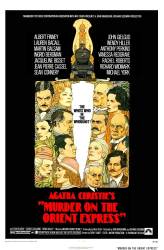
Factual error: In the Bosphorus scenes, as the ferry crosses from the Asian to the European side of Istanbul, in the distance large trucks can be seen speeding along the coastal road opposite. Well before their time.
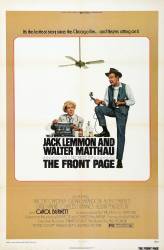
Factual error: Just before Walther Matthau meets Susan Sarandon for the first time in her dressing room in the movie theater, he passes a poster for "All Quiet On the Western Front" in the hall. "All Quiet On the Western Front" wasn't made until 1930 and this film is supposed to take place in 1928.
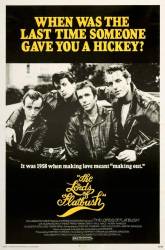
Factual error: One of the main characters has a Harley Davidson. The movie is supposed to take place in the fifties. The Harley had an electric start primary cover which wasn't made by Harley until 1965.
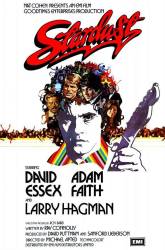
Factual error: While the band's clothes and hairstyles are right for the era the film was set in (the sixties), the hair fashions and clothes of the extras, especially the audience and security men, are from when this film was made - the mid seventies. The crowd scenes were taken at contemporary David Essex concerts which explains the 70's fashions seen.
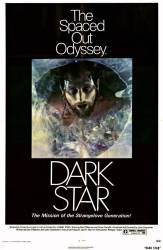
Factual error: In the scene right after pinback shoots the beach-ball alien, we see the Dark Star space craft cruising past a planet with a sun in the background. You can see a reflection on the planet which is coming from the space craft. I'm sorry, but usually ships in space are not large enough to reflect off a planet, especially to the degree this one does. (00:48:20)
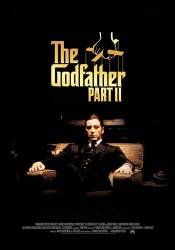
Factual error: At the New Year's party, when everybody is running out from the goverment's palace, you see the flags at the entrance are from Cuba, but the coat of arms is from Dominican Republic (the country where this scene was filmed). (01:40:45)
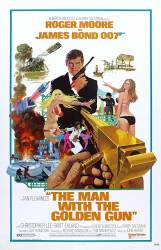
Factual error: The film's car chase takes place in Thailand, where vehicles are right-hand drive (RHD) and travel on the left side of the road (as in England and Australia). Yet the American Motors (AMC) cars in the chase - the red Hornet X, gold Matador coupe, and several Matador sedan police cars, all 1974 models - are all left-hand drive cars. Scaramanga's car can be excused as something he specifically imported for himself, but the Hornet is 'borrowed' from a fictitious AMC dealership (none existed outside the USA) and the small amount of AMC vehicles sold outside the USA were shipped disassembled to various companies that reassembled them and sold them under their own company names (AMI in Australia, Karmann in Germany, etc). Companies such as these, in RHD nations, had to modify the cars to RHD themselves in order to be allowed to sell them 'locally'. So the Hornet would have been at a non-AMC dealership and would have been RHD, as would the fleet of police cars. Naturally, this 'error' was created by AMC's promotional deal with the filmmakers to use AMC cars in order to improve US sales to the US filmgoers.
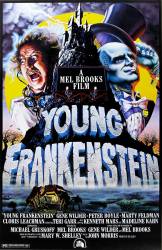
Factual error: The movie is set in Transylvania, but the natives all speak German and with German accents (probably an homage to the book, but still incorrect). (00:14:30)
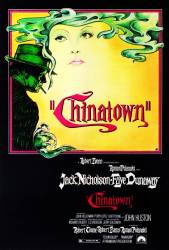
Factual error: In Jake's office, Evelyn Mulwray stands by the window and a mid twentieth century modern building is outside it to the right. (00:57:20)
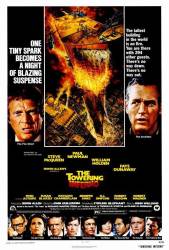
Factual error: The device used near the end of the movie for ferrying people to another building is repeatedly referred to as a "breeches buoy." It is actually a highline transfer chair. A breeches buoy was an earlier, more primitive device that was basically an oversized life preserver with a pair of large canvas trousers (breeches) sewn to it.
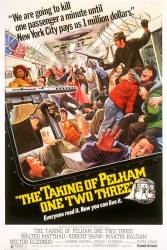
Factual error: The signalling board in the control tower animates Pelham 123's movements in such detail that the police can tell when it is moving and when it has stopped. Indeed the police deduce that the hijackers have abandoned the train from this. In reality this could not happen. Subway tracks are divided into variable length blocks typically hundreds of yards in length. The signalling boards are only able to show which block a train is in. The only way to tell if a train is moving is when it moves from one block to the next and the only way to estimate speed is by how quickly it occupies successive blocks. A slow-moving or stationary train are thus not able to be so easily distinguished from one another on the board.
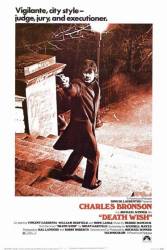
Factual error: When the cops are staking out Charles Bronson's apartment, one orders the other to go to a pay phone and call him. He runs towards Riverside Drive, going west, and finds a broken phone. Then he runs to a subway station and makes the call. He returns from the same direction. Well, there are no subway stations on Riverside. The nearest is two long city blocks away, going east. Even if he ran that far, he would not have returned from the same direction - he would have come from the east.

Factual error: Right after George Wilson kills himself with the revolver, the gun is seen falling into the fish pond in Gatsby's living room. Since Wilson shot himself in the head by placing the gun to the roof of his mouth, there is no possible way the gun could have flown so far away from his body, especially without getting bloody.

Factual error: As Kennith Williams and Bernard Bresslaw approach a notice board on horseback, you can blatently see the road they are on. You can even see the white hazard lines on the road. Apart from anything else, Tarmac wasn't even invented until 1901 yet this episode is set in 1750. (00:12:30)
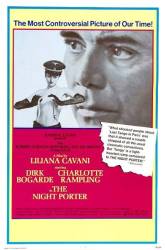
Factual error: The movie events take place in 1957, but in a poster at the reception is written Die Zauberflote, November 20 1960. (00:06:55)
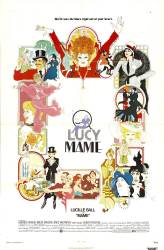
Factual error: At the end of the movie, Mame takes Peter with her on a trip to Siberia. However, at this point in the timeline, it's the late 1940s, meaning that Stalin was still in power, so even Auntie Mame would be crazy to think of vacationing in Russia. Not to mention the difficulties of getting Peter a visa to travel to the USSR at the last minute. (In the stage version, the destination was India, rather than Siberia, which makes a lot more sense).

Factual error: As the airship approaches Astragard it's headed due North; yet the distant clouds are backlit by the Sun. The Sun should be to the South.
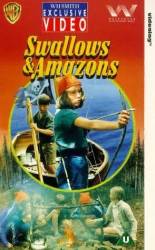
Factual error: The film is set in the 1920's. When the policeman appears towards the end of the film on his helmet is a post-1952 helmet plate with the crown of Queen Elizabeth II.
Suggested correction: What matters is how much of the small plane's kinetic energy was deposited in the 747's structure. A glancing blow would deliver less energy than a head-on collision, because it lessens the total time interval of the impact. Another important thing is if the small plane shattered or stayed largely in one piece during the collision. If it promptly shredded on impact, then each little fragment carried away its portion of the total energy. Smaller pieces of something as light as that plane would immediately get caught in the powerful airflow and be diverted around the 747.
Absolute rubbish. Airliners do not survive mid air collisions.